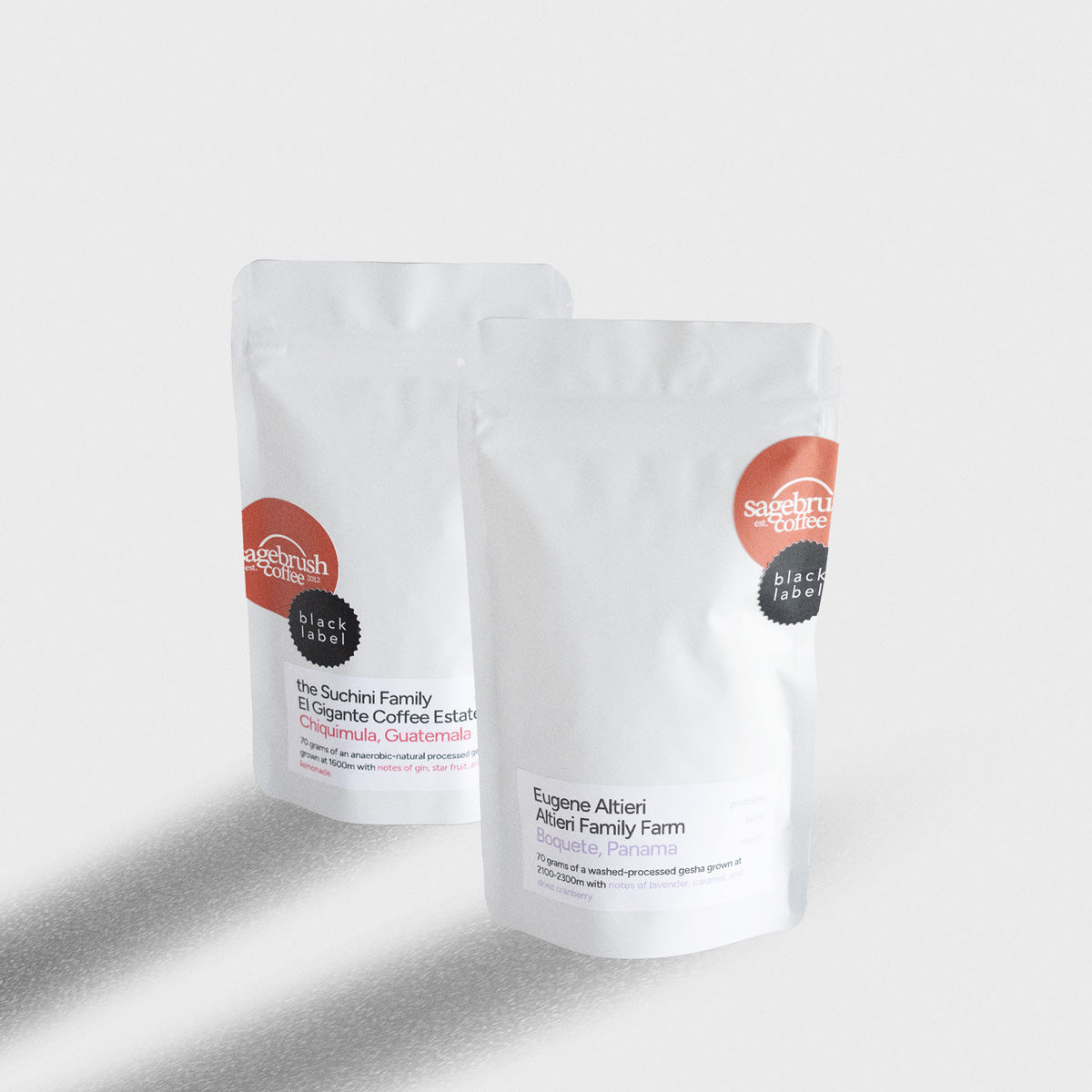South America is by far the leading producer of coffee in the world, producing almost half of the world’s entire volume. Brazil sits quite comfortably at the #1 spot of the top coffee producing countries in the world, producing 5.7 billion pounds of coffee per year, and Colombia is at #3 with 1.8 billion pounds. Through these coffee-farm-superpower countries, it’s clear to see that South America has established itself at the top of the coffee industry, but why? What makes this region of the world such a coffee-prominent place?
This question is answered quite easily when two other questions are addressed: “How does climate affect coffee growth?” and “What is South America’s history in the coffee industry?”
The Climate & History of South American Coffee Beans
All crops are highly dependent on the climate of the region in which they’re grown, and coffee is no exception from this fact. High altitude tropical regions that are dense in rich soil and heavy in rainfall are the best regions for coffee. Therefore, countries and regions that fit these criteria are going to thrive in the industry. Since South America is a continent full of dense rainforests and tropical landscapes, it is the absolute perfect place for coffee.
Due to this perfect climate, South America kind-of got a head start in the world of coffee. Brazil has been producing coffee as far back as 300 years ago. Farmers saw so much potential in this area and it didn’t take long for them to establish coffee as the king crop. On top of all of that, Rio de Janeiro (Brazil’s Capital) was and is easily accessible from any ocean-traveled trading route, making it particularly easy to profit off the farming, harvesting, and processing of coffee. The stars were aligned for South America, and a coffee empire was born.
South American Vs Central American Coffee
Now that we’ve established why South America is such a giant in the coffee world, let’s discuss some differences it has with its close neighbor, Central America. Central American coffee-growing countries include but are not limited to Costa Rica, Guatemala, and El Salvador, all of which make an incredibly complex bean. The majority of the premium coffees we offer at Sagebrush are from the Central American region. On the other side of that coin, countries in South America have been defined by their beans with consistent and easily accessible flavor profiles. Since South America has thrived on their ability to produce billions of pounds of coffee, their interest in specialty grade coffee has only recently arisen. This is clear evidence as to why you’re going to find a more “to-the-point” coffee bean profile that everyone has grown to know and love from a South American country, and a complex and fruity coffee bean profile that has shaped the specialty coffee world from a Central American coffee.
Not a single conversation regarding the history of coffee can exclude South America. It is by far the most influential region in the world of coffee, and if history has anything to say about it, it will remain that way for generations to come.

















